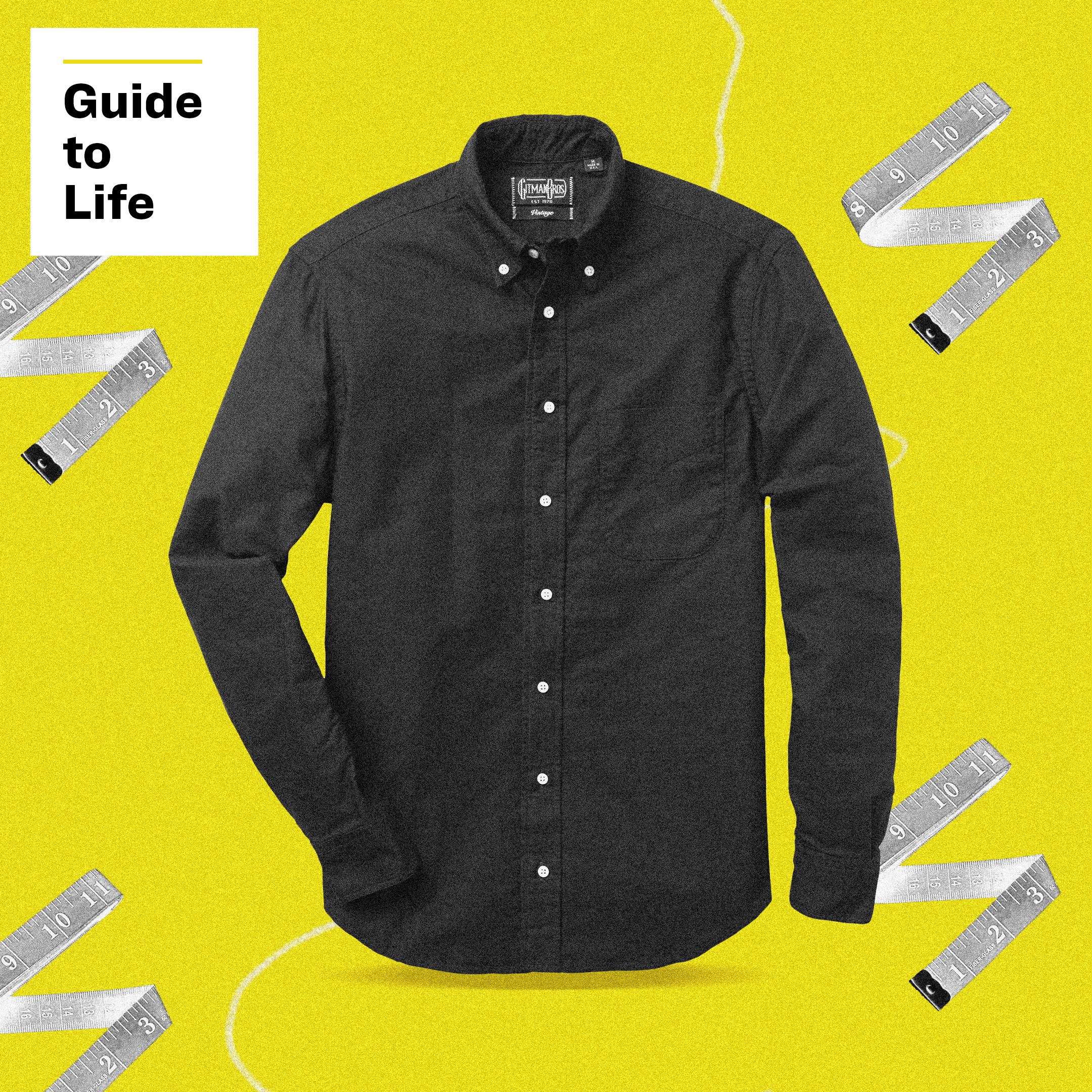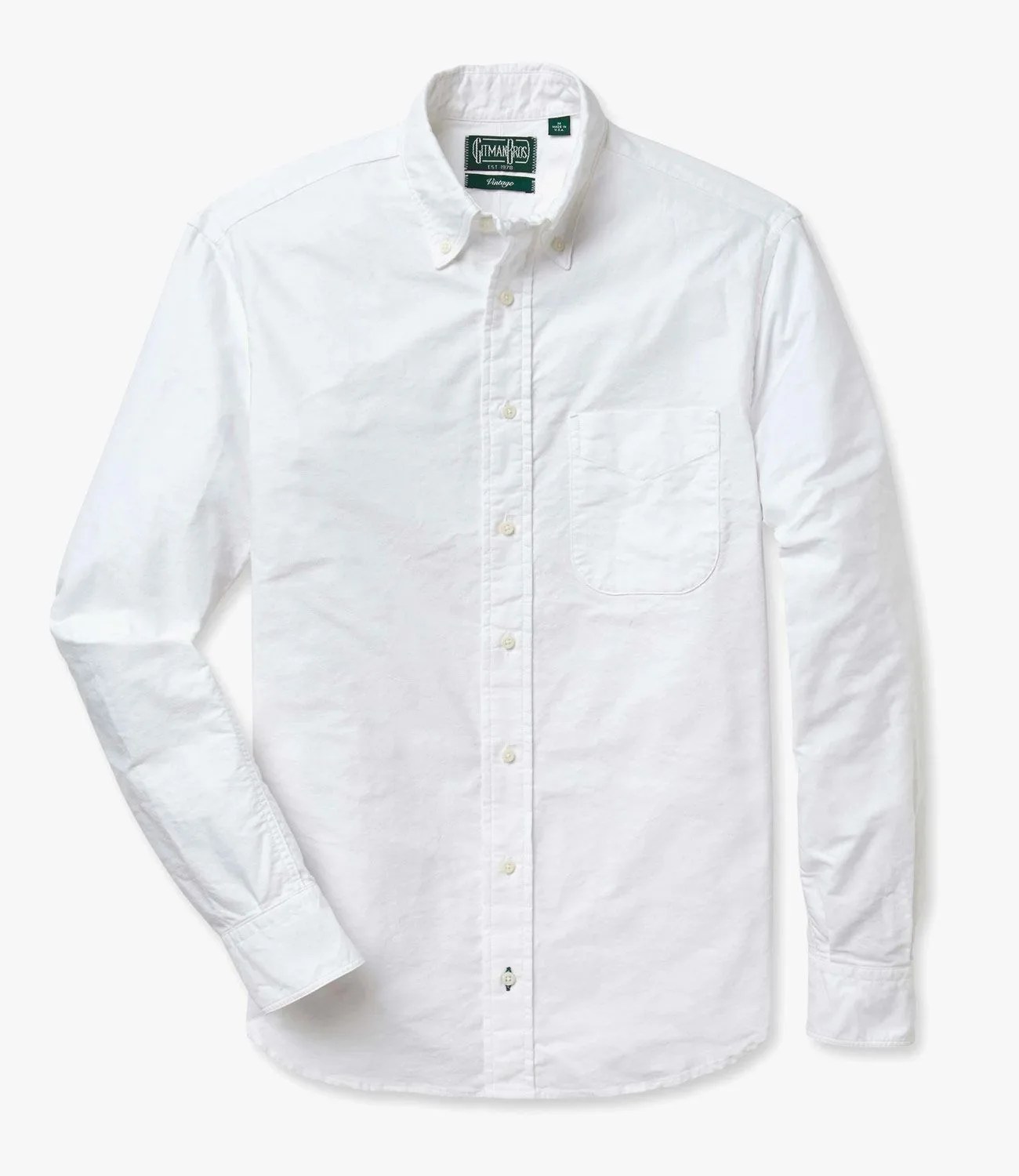Welcome to Guide to Life, a series of tips, tricks and insights designed to help you get the most from your gear.
Dress shirts may be playing second, or more likely, third fiddle to other shirts these days. T-shirts and sweatshirts are the go-to garments for people working remotely. But, many companies rely on Zoom meetings for internal and external communication, so there’s still a need to dress professionally.
While the shapes of T-shirts and sweatshirts are more forgiving, the designs of dress shirts are not. With the increased attention to your upper half in video meeting, you’ll need one that fits well. There are numerous variables to get to the right-fitting dress shirt. It’s a complicated journey, but we’re here to walk you through every step. Here’s how to buy a better-fitting dress shirt.
Know Your Measurements
Before you even look at a dress shirt, you need to do a little data entry. Knowing your body measurements is imperative for dialing in a great-fitting shirt, especially if you’re not able to try it on at the store.
You’ll need a tape measure and someone to help take your measurements. Here are the measurements you should take:
- Neck: The thickest part of the neck.
- Shoulders: The length across the back from one shoulder bone to the other.
- Arms: From the center of the neck, to the shoulder, down to the wrist bone.
- Chest: Around the widest part of the chest, usually at the nipples.
- Waist: Around the widest part of the torso, usually at the belly button.


